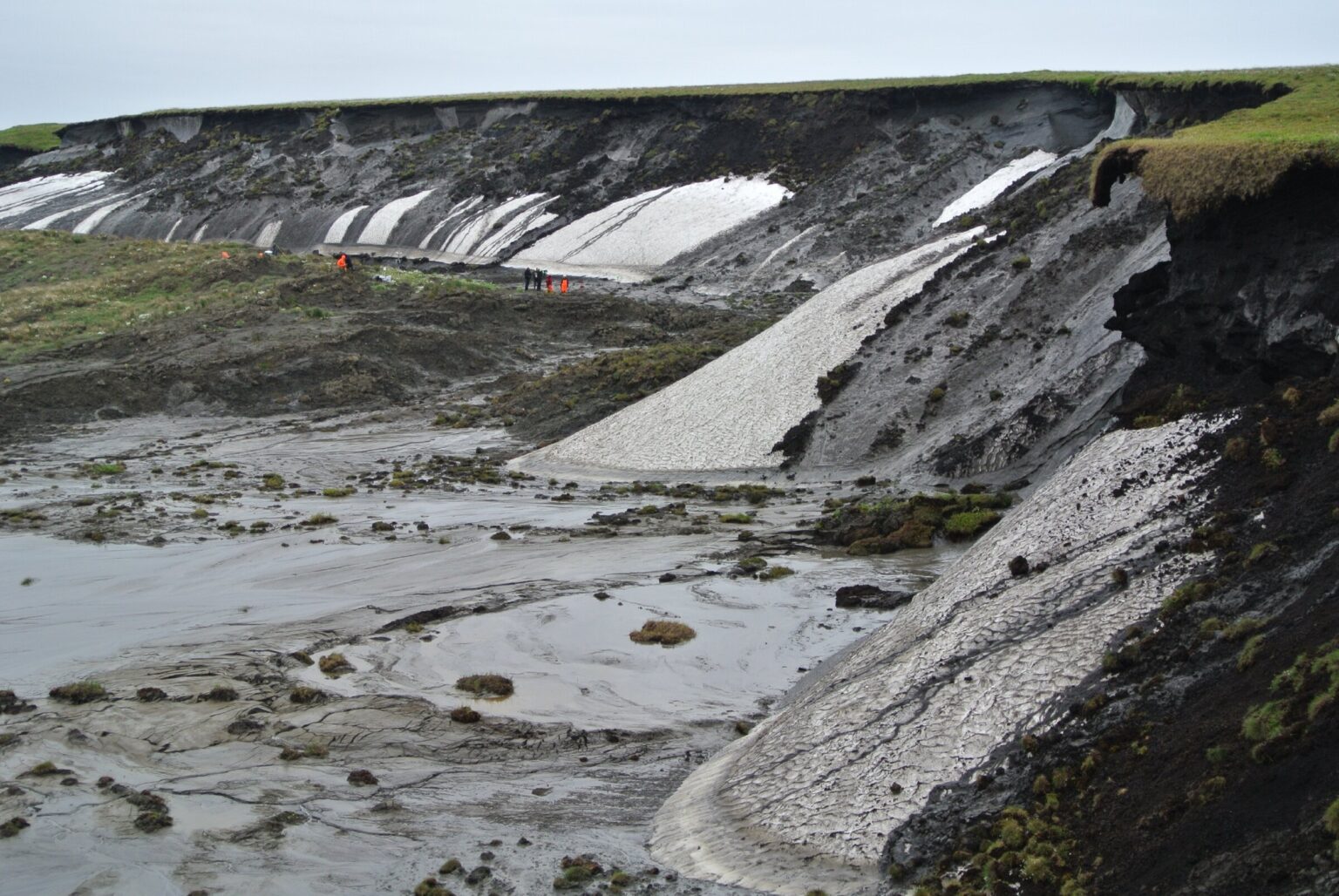Scientists have modeled the possible process of permafrost melting and concluded that there will be no tipping point when a “climate bomb” explodes as a result. Organic compounds will not be released all together into the atmosphere, instantly turning the planet into hell. However, it’s still not worth relaxing.

Climate bomb in permafrost
Permafrost is areas of the earth’s soil where ice remains under its upper layer to a depth of several meters even in summer. That is, it has not melted for thousands and tens of thousands of years. However, this may happen soon and then a “climate bomb” will explode, which will lead to catastrophic consequences. However, recently a group of scientists led by researchers from the Alfred Wegener Institute showed that this was not entirely true.
Permafrost, according to scientists, covers up to a quarter of the entire land area in the Northern Hemisphere. Scientists are concerned not about the ice itself underground, but about the organic compounds contained in it. At one time, plants and animals, instead of decomposing as usual, were preserved in ice.
Previous simulations have shown that, like Antarctic glaciers, permafrost can resist temperature rise for some time. However, when crossing a certain limit, the amount of water and carbon dioxide will cross a certain limit, beyond which a positive feedback will occur. The more the ice melts underground, the more intense this process will be.
Permafrost all over the planet will turn into a stinking swamp, and bacteria will finally have access to all the organic matter in it. The effect of the “Climate Bomb” is that carbon dioxide will cause an abrupt increase in the greenhouse effect, and the Earth will begin to rapidly heat up to temperatures at which life on it will become impossible.
What the new study showed
In the new study, scientists used large amounts of open data and their own calculations in order to build a new model of permafrost melting. It showed that indeed, as a result of gradual heating, a positive feedback will be observed.
It will manifest itself in the appearance of numerous warm lakes of meltwater, which will be heated by the Sun and this will increase the rate of release of organic compounds around. The reduction of the area of northern forests also plays a role in this process.
However, according to the researchers, all these processes will be local. The fact that a thermokarst lake has formed somewhere will not affect the state of permafrost thousands of kilometers away from this place. That is, there is no boundary after which the process will immediately become irreversible and cause a global catastrophe.
However, this does not mean that the state of permafrost can be ignored. Changes will still occur, although in each region separately. There will be several stages, at each of which the release of gases can no longer be stopped in a certain area. Therefore, the situation is even more dangerous than previously thought, because we cannot say how much more we can actually heat the atmosphere.
According to phys.org


